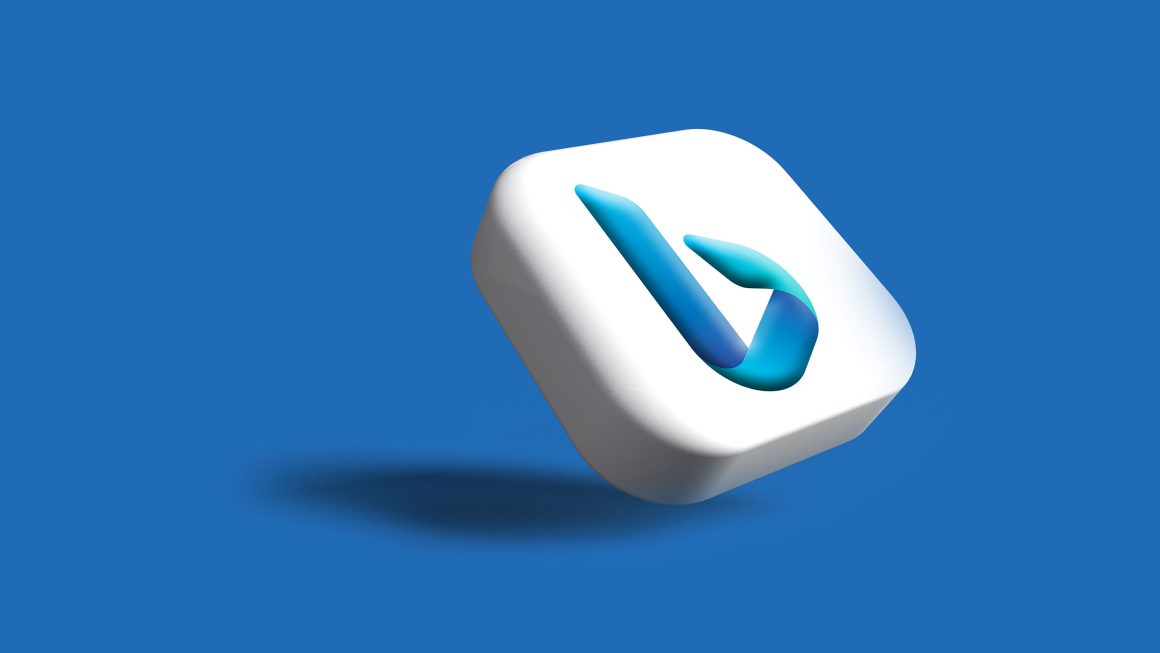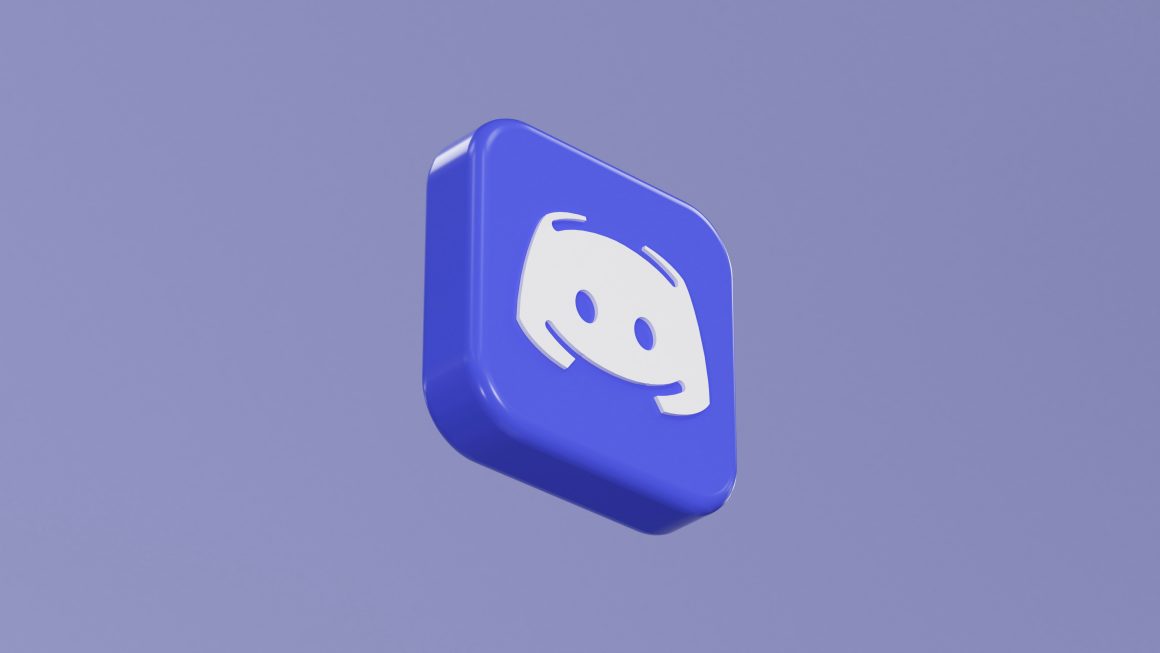Over the years, the Internet of Things (IoT) has grown exponentially as billions of devices are added to become part of the larger network. Each of these devices can, in theory, communicate with each other and share data. They can be controlled remotely or programmed to respond to data in a specific way.
Many industries already leverage IoT capabilities, like the IoT applications in agriculture and manufacturing which allow multiple devices to be controlled from central IoT hubs. Logistics and public transport also use IoT in order to establish where items or vehicles are at all times.
Because of these capabilities and the reduced cost of the parts required to construct your own IoT devices, hobbyists have been able to construct their own IoT inventions. Here’s how the Raspberry Pi is used as part of IoT projects and what you can make with it.
What exactly is IoT?
The Internet of Things (IoT) is a term which encompasses all the layers, stages, and production chains in the world of objects and devices which are connected up to the internet.
It covers everything from the development of physical objects, the collection of data, the sensors that store and analyse volumes of data, the transmission of data, and the platforms that are made available to analyse them.
Essentially, any device which can be connected into a wider network can be an IoT item, as it transmits and receives data. It doesn’t matter whether that’s a sophisticated weather monitoring station, a remote pet feeder, or a smart fridge that informs you when you’re running low on eggs.
How does Raspberry Pi factor into IoT?
The many incarnations of the Raspberry Pi have essentially been low-cost micro-computers which can be used to teach coding or implemented within coding projects to run code. One of the main appeals of using Raspberry Pi is just how small the device is, giving you a lot of programming power in a small, self-contained package.
Because Raspberry Pi can run programming languages like Python and Scratch, it can be incredibly versatile in terms of what you want to use it for. The in-built Wi-Fi capabilities make it an excellent choice for hobbyists looking to build their own IoT devices. With USB ports also attached to the board, peripherals can also be attached and coded to work along the Raspberry Pi board itself.
What can I build with the Raspberry Pi?
If you’re looking to get into building things using Raspberry Pi, you’ll need to make sure you have a Raspberry Pi kit and all the relevant equipment first. It could be worth looking at potential IoT projects using Raspberry Pi first to see whether anything catches you attention and ensure you have everything you need to make that specifically. A few examples of potentially IoT projects you can make are:
- A magic mirror which can display information about the weather and important details about your day as you’re getting ready.
- A smart doorbell when you want to know exactly who is at your door by building a custom device with more features than store-bought devices.
- A robot gardener to help deliver crucial information about your garden environment and soil health, as well as doing the watering for you for better chances of vegetable patches flourishing.
- A smart device controller if you’re looking to get more customised functionality from specific smart devices.
The potential of using Raspberry Pi is only limited by your imagination and know-how. If you have the programming skills to code your dream IoT device, Raspberry Pi can provide equipment with the functionality and versatility to make it into a reality.




